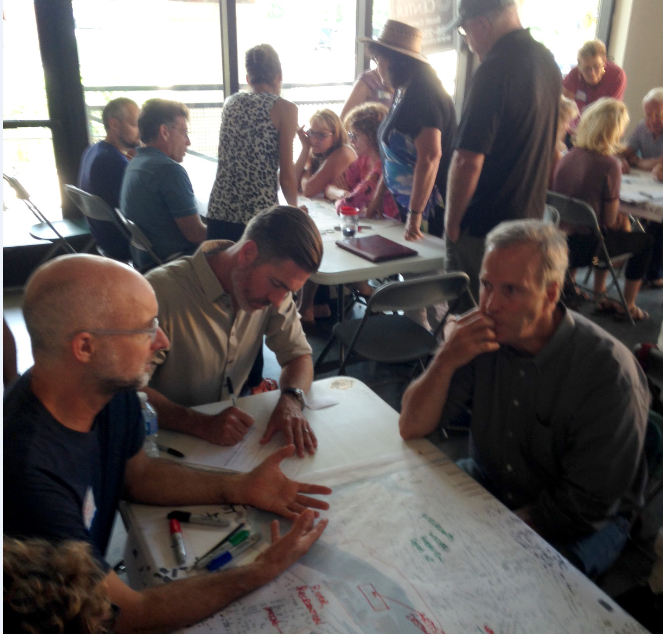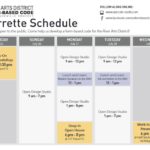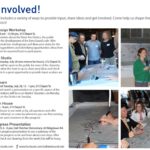Artists, business owners and River Arts Districts residents participated in a series of City meetings – charrettes – about how to shape future development of the formerly industrial district that now serves as an arts hub.
The charrettes began Saturday, July 25, and ran through Wednesday, July 28, when the Code Studio consultant group held a meeting to summarize community feedback and chart a go-forward plan.
City planners and Code Studio consultants spent the week engaging the public for input on a form-based code plan for the RAD.
Simply put, a form-based code provides a way of regulating growth and development to promote a specific form, such as a mixed-use walkable community. Building heights, setbacks, in-fill development that’s in character with the community are components of form-based code planning.
The City employed the same process in coming up with a form-based code for the Haywood Road corridor that City Council adopted in 2014.
Still, the term takes some getting used to. That was the first order of business for the 50 people who turned out for the first charrette Saturday: definition of form-based code and discussion of how it can assist neighborhoods in transition. In this case the River Arts District sits in a former industrial zone. Artists have carved out a studio community there, with some restaurants and a brewery springing up as well.
After learning the basics about this zoning tool, and discussing the current development environment, attendees broke into small groups to work with consultants and staff.
Early feedback
Attendees – which included artists, business and property owners, and interested community members – mapped existing assets in the district, talked about things in the district that acted as barriers, and provided input regarding what types of future development they would like to see. And some common trends started to emerge, according to Lee D. Einsweiler of Code Studio:
– Most of the area should remain mixed use.
– New zoning should be a combination of existing context (including nearby building heights) and what fits based on site constraints like topography.
– The toughest sites are those that are large and flat (since more development options are available for those sites).
Putting it all together
From 6 to 8 p.m. Wednesday at Hall Fletcher Elementary School, Code Studio gave a presentation on the issues raised by the public and input from planners. Consultants used community feedback in addition to their expertise when they gave the summary presentation. They talked about what they have heard, and what trends might be explored within the new code.
There appears to be a shared goal: Preserving the artistic character of the RAD and incorporating cohesive development that fits in scale with the existing buildings.
The timeline for adoption of a form-based code for the River Arts District is expected in spring of 2016. After the charrettes, City planners and Code Studio consultants will take the community feedback and work with it in forming the code. Ultimately, City Council will vote to adopt the code.



